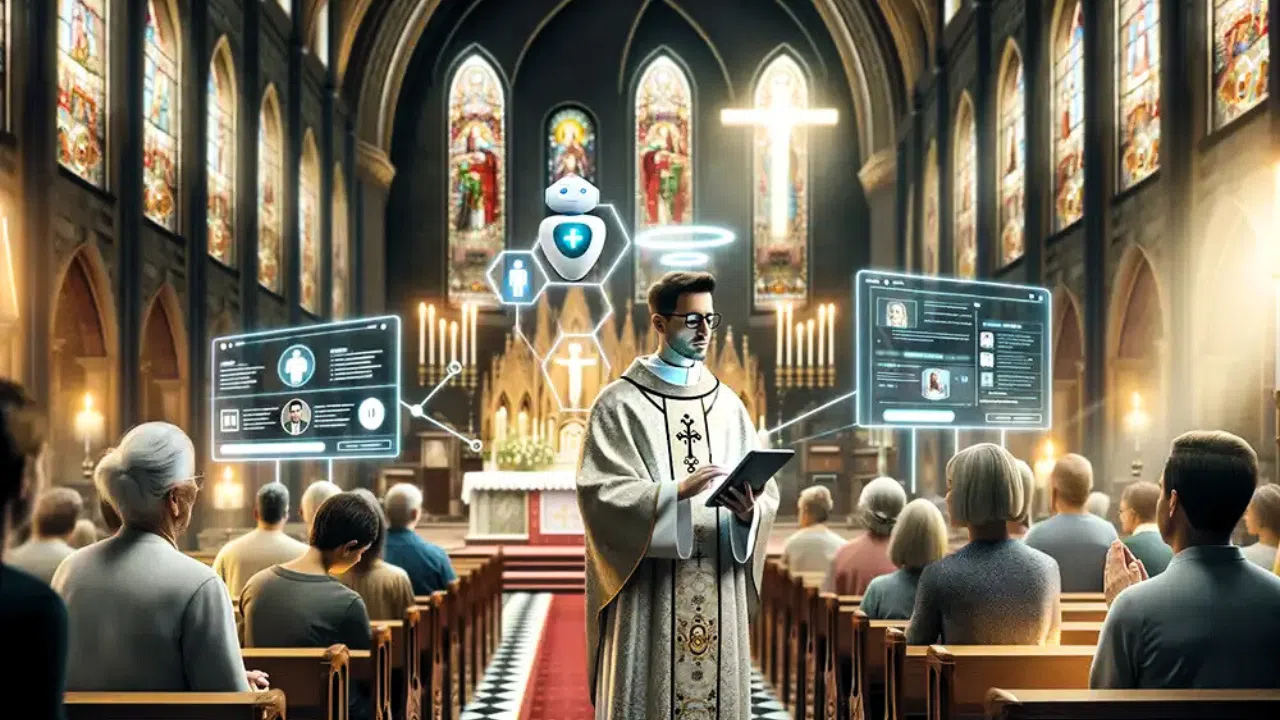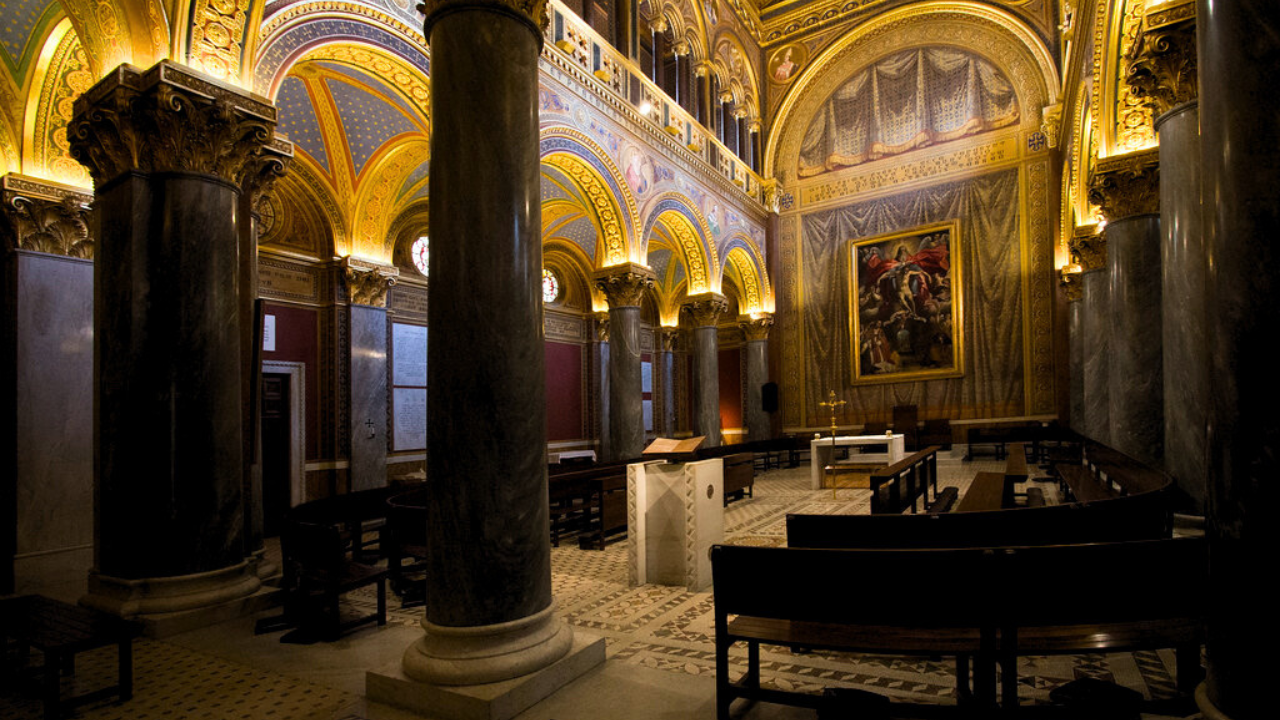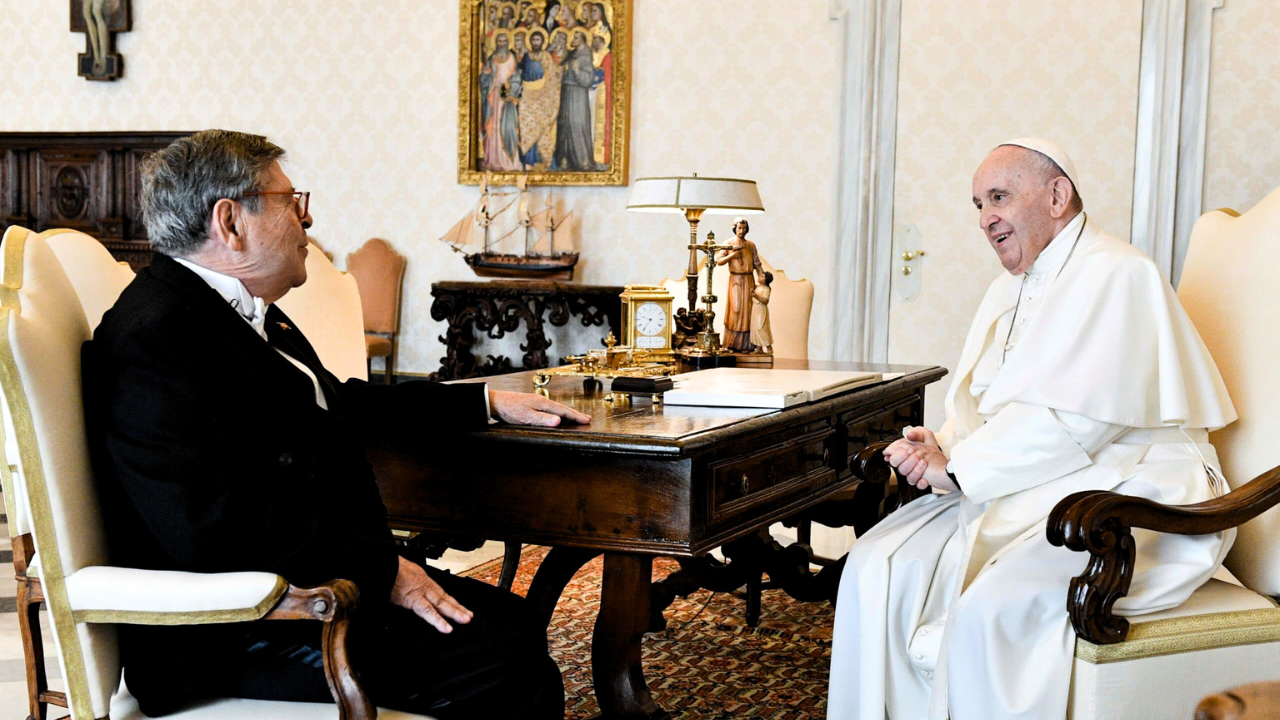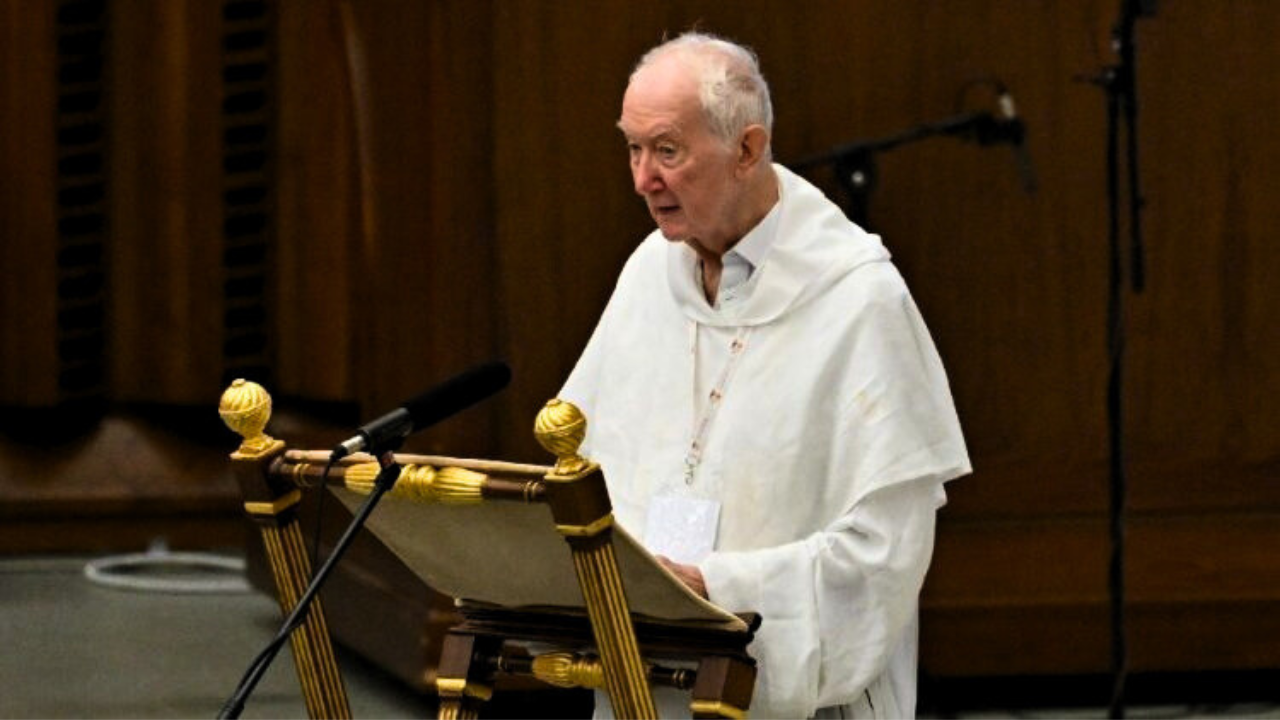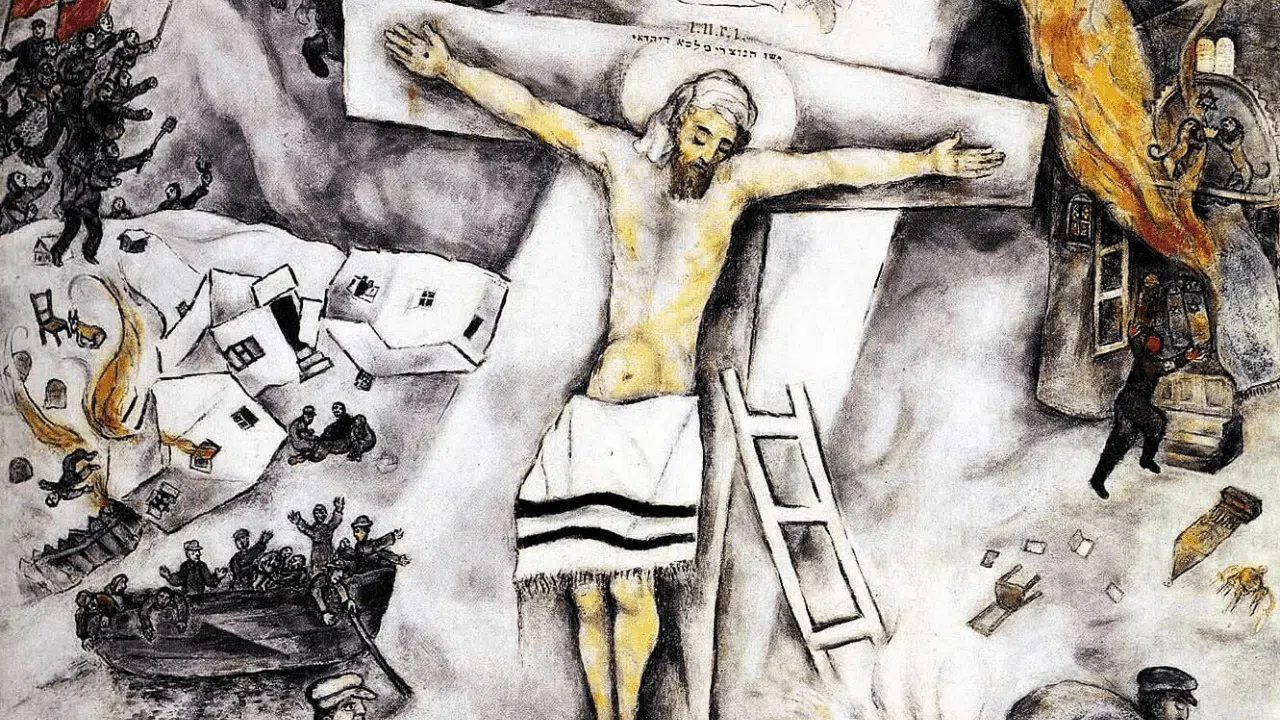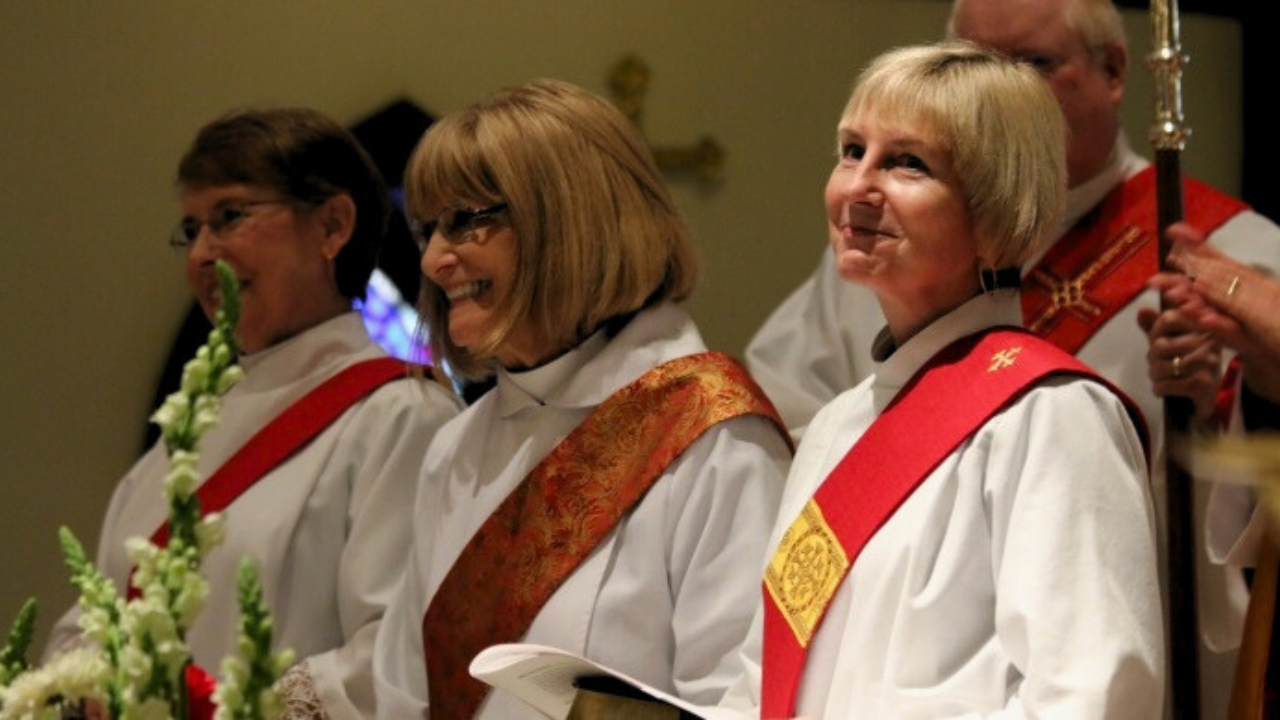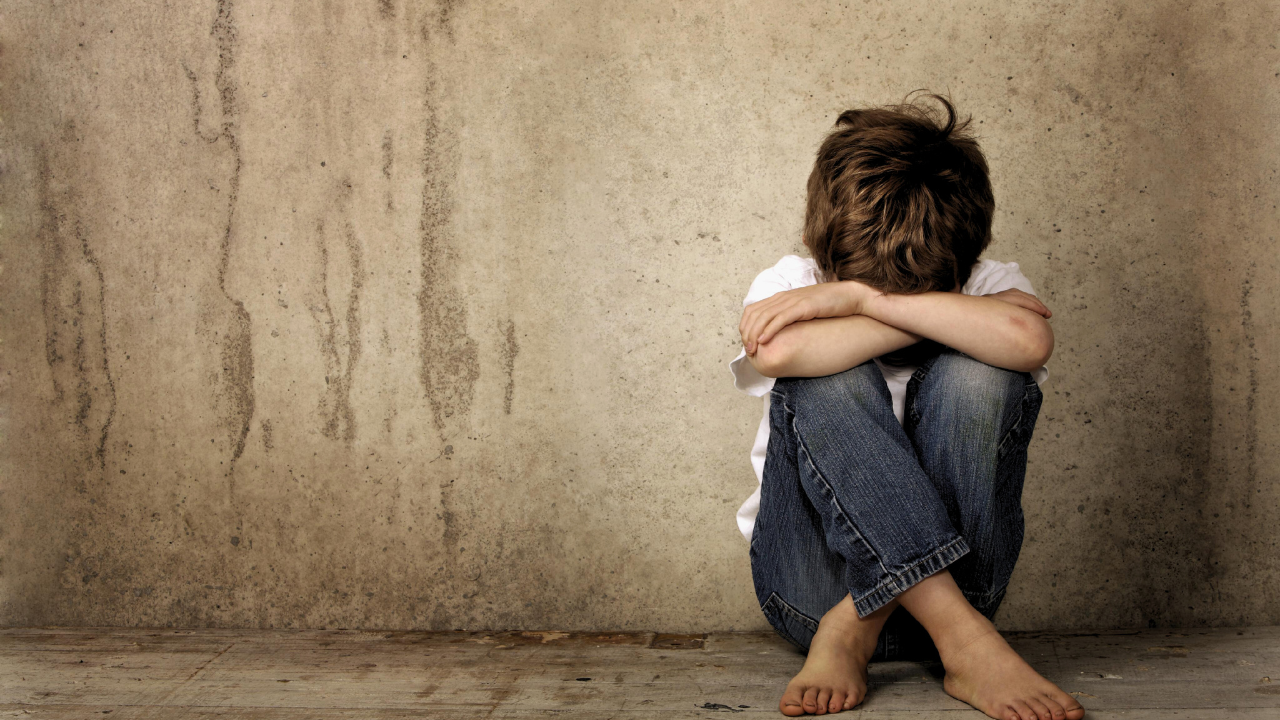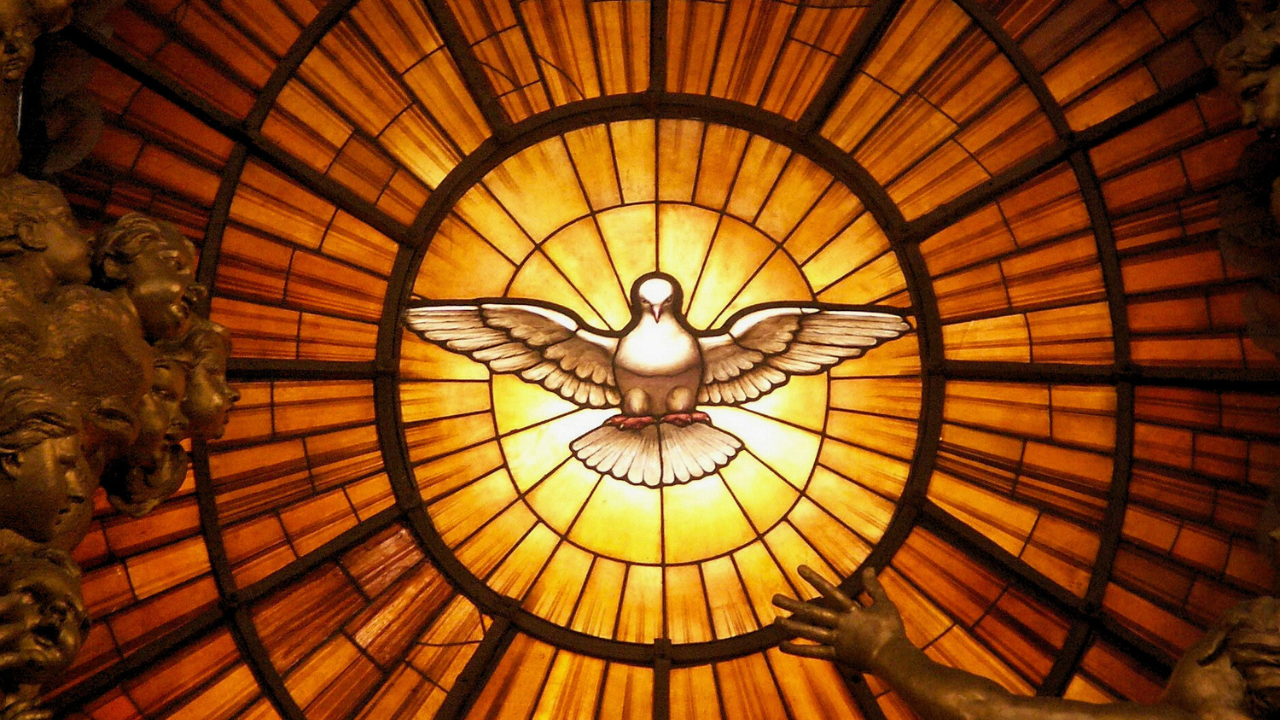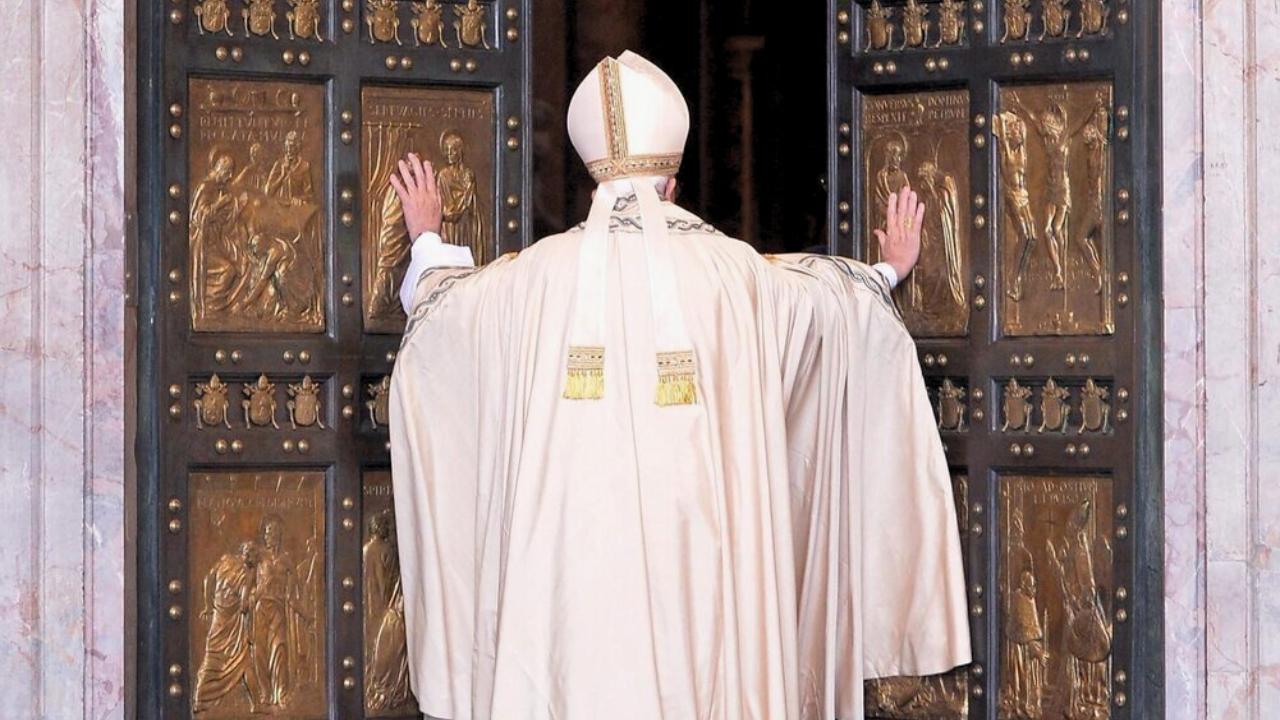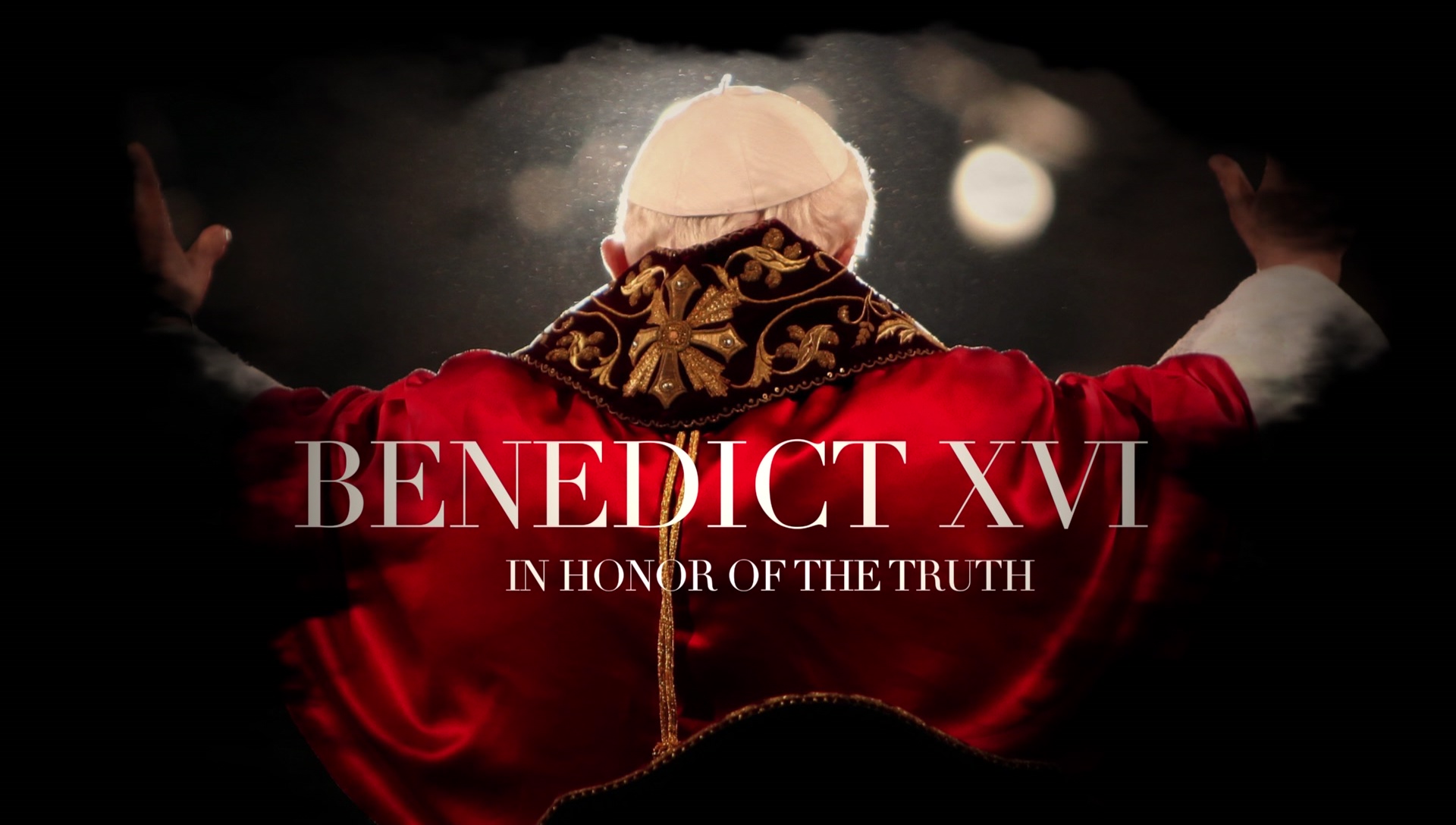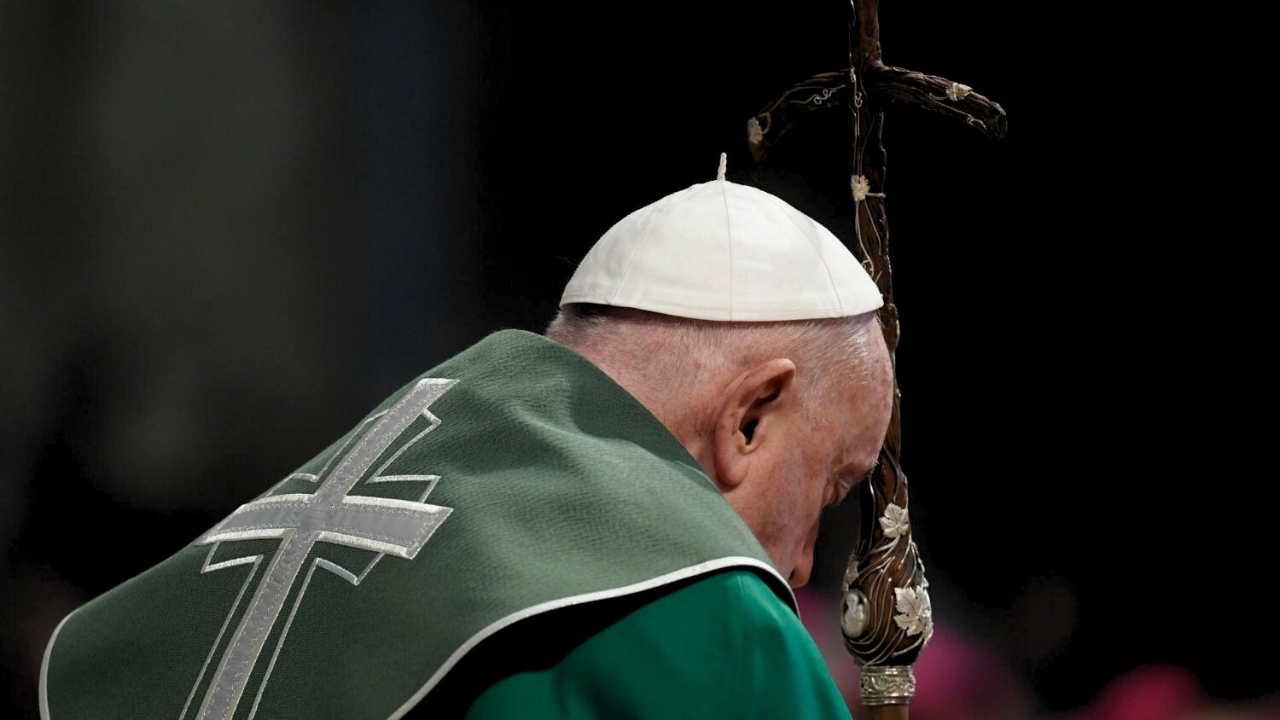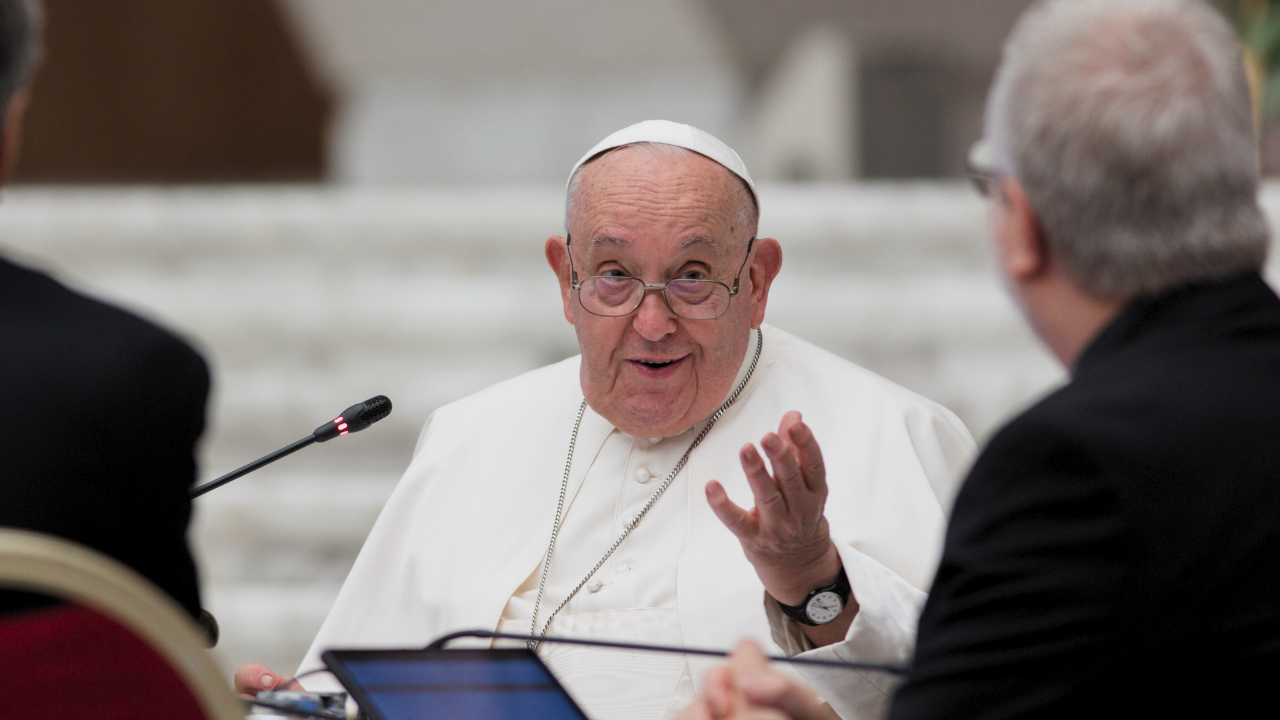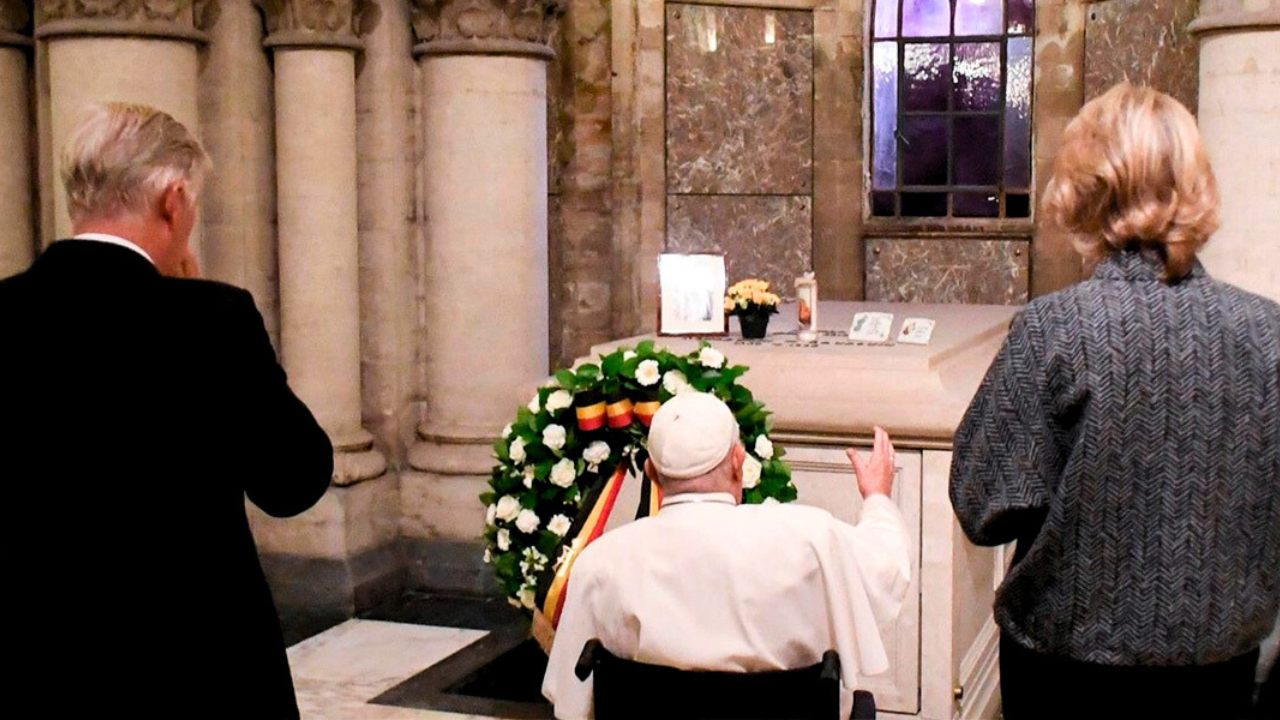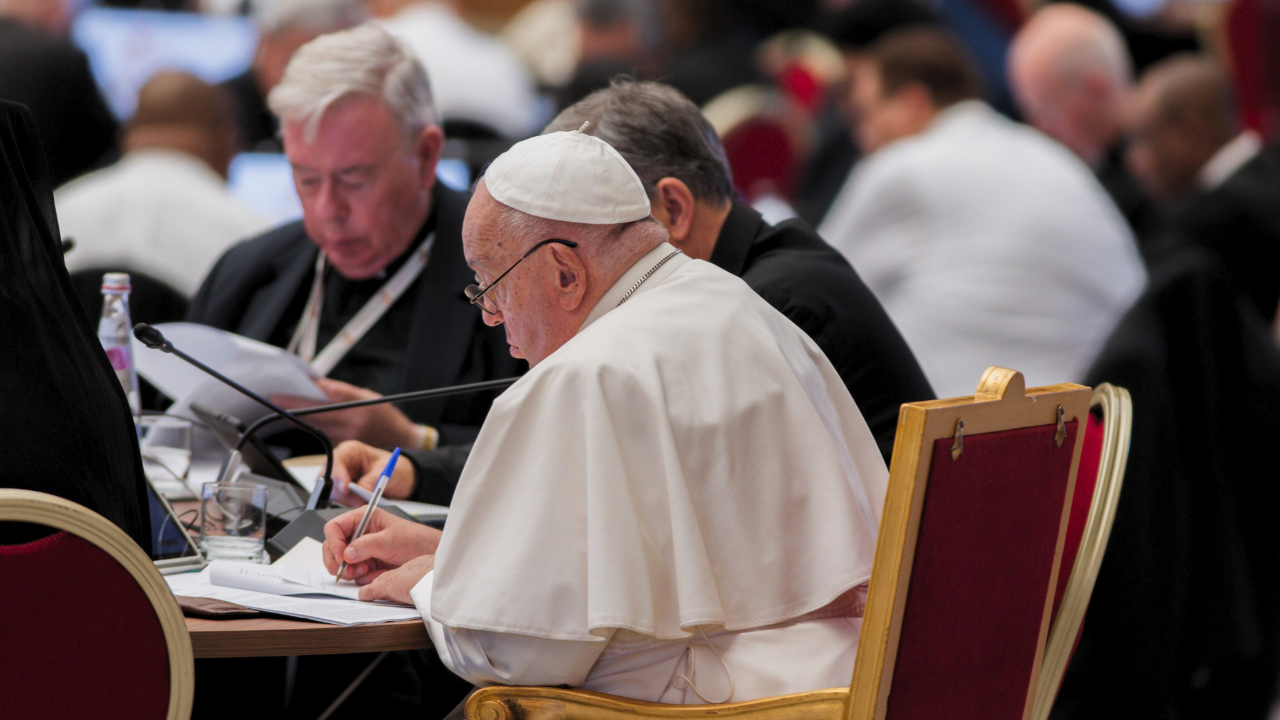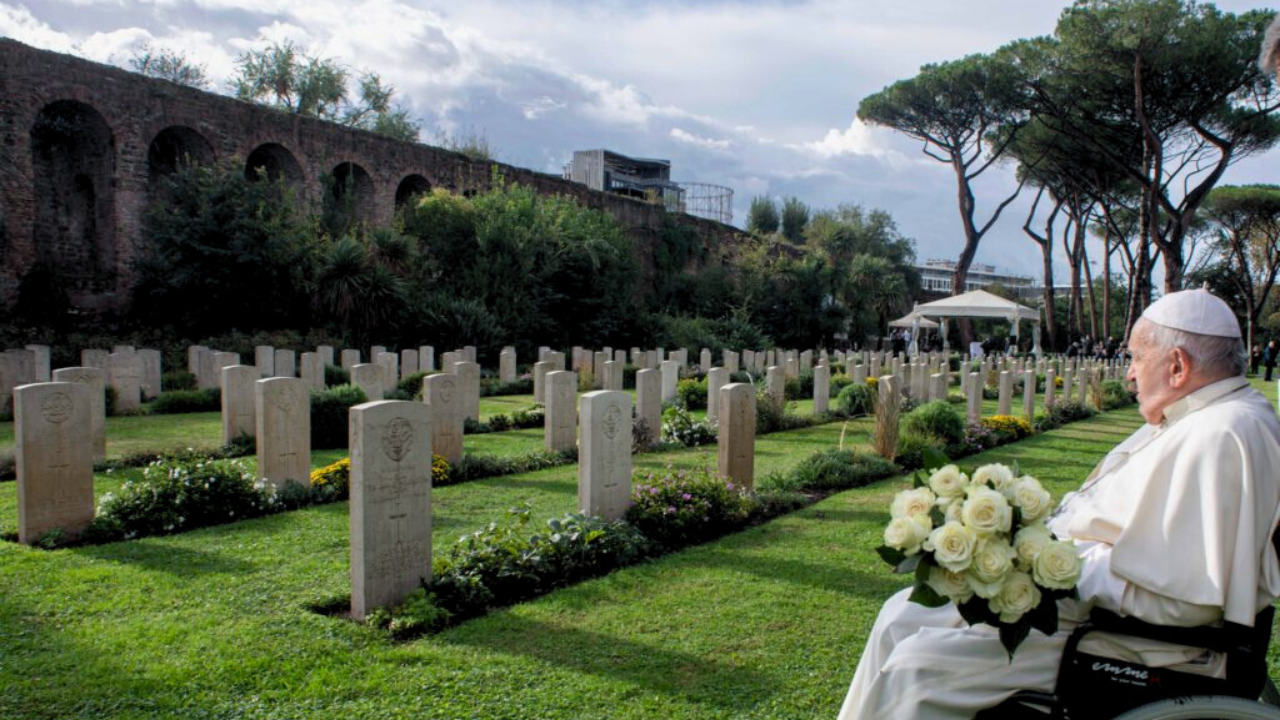This painting of “Saint Jerome in the Wilderness” has a hidden detail. Beyond the fact that the work is unfinished, the hidden detail is only within the reach of those who restored it. They discovered in the painting the fingerprints of its author: Leonardo Da Vinci.
FRANCESCA PERSEGATI
Manager, Restoration Workshop Vatican Museums
He also used his hands to spread, for example, the blue of the background and you can find the imprint of the fingertip. This is something that our founder also noticed when he had the work in front of him in the 1930s and now we have been able to take a better look at it. Then, the science lab took high-resolution HD images so we could document that particular thing.
Curiosities like this can also be seen in other works, such as “The Sistine Madonna” by Raphael. Those details that only the eyes of a restorer can see are now available to anyone visiting the Vatican Museums. By scanning a QR code, it is possible to put yourself in the shoes of those who have had the painting in their hands.
FRANCESCA PERSEGATI
Manager, Restoration Workshop Vatican Museums
When you work very close to a piece for a long time, you have a view that others don't even have of the curator, so you see, for example, technical details such as how the artist drew, applied color, how much detail he wanted to give in describing a face and the type of brush strokes.
The real heart of the Vatican Museums is not in any of its most iconic rooms, but in the basement. Among canvases and various materials, 26 women and 10 men work there every day.
Their work is not just about picking up a paintbrush and restoring the original essence of a work by Giotto or Michelangelo. It goes much further. Each painting is unique and the previous study is key when starting any restoration.
FRANCESCA PERSEGATI
Manager, Restoration Workshop Vatican Museums
That is why, before any restoration, we also do some research with our scientific imaging laboratory, that is, using the light spectrum. We take photographs without touching the work to get initial answers and then, little by little, we move forward. But it also depends on whether the work has been restored before. What has been done in the past? We have to find out.
In 2023, the Restoration Laboratory of the Vatican Museums celebrates its centenary. Founded in 1923 by the will of Pope Pius XI, the labroatory has a century of experience restoring great masterpieces of world history.
CA
